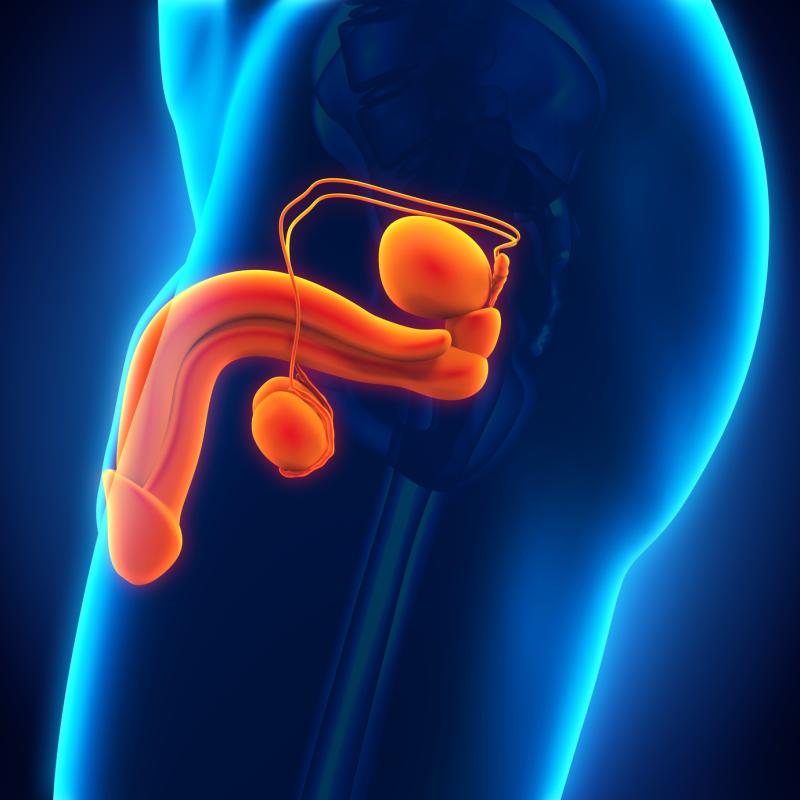Sexual Dysfunction in Women
They are persistent problems in the processes of sexual desire, arousal or achieving orgasm. Sexual dysfunction in women It manifests itself with symptoms such as lack of libido. It may be caused by physiological, psychological or relational factors. It can negatively affect a person's sexual life. It is a treatable condition and solutions can be found with the help of a specialist.
Symptoms of Sexual Dysfunction in Women
 A feeling of decreased or absent desire for sexual activity. Inadequate vaginal lubrication or lack of sexual arousal. Inability or difficulty achieving orgasm.
A feeling of decreased or absent desire for sexual activity. Inadequate vaginal lubrication or lack of sexual arousal. Inability or difficulty achieving orgasm.
Having pain during sexual intercourse associated with conditions such as vaginismus or dyspareunia. Decreased sensitivity or loss of sensation in the genital area during sexual contact.
Tendency to avoid or stay away from sexual intercourse. Experiencing stress, anxiety, or discomfort during sexual intercourse. These symptoms sexual dysfunction in women It may indicate that . However, the way it is experienced and its severity may differ for each woman. It may affect the woman's quality of life and require treatment. Anyone experiencing symptoms should consult a urologist. Can evaluate appropriate treatment options.
What Causes Sexual Dysfunction in Women?
Hormonal changes, such as menopause or birth control methods, can affect it. Chronic health problems, such as diabetes, heart disease, or cancer, can lead to it. Antidepressants and blood pressure medications can have negative effects on sexual desire and arousal.
Anatomical or structural problems in the genitals. Daily life stress, work stress or relationship problems in women. sexual dysfunction may trigger it to occur. Depression can reduce sexual desire and pleasure. Lack of self-confidence or body image issues.
Lack of communication, emotional bonding problems or conflicts may be the cause. Sexual problems in the partner may also cause reluctance in the woman. Factors such as lack of sleep and excessive workload may reduce sexual desire. Taboos or cultural expectations about sexuality may have an effect.
Declining estrogen levels can affect sexual function. General body changes and health problems during the aging process. Each of these factors sexual dysfunction in women can contribute to survival. Usually, more than one factor exists together. It is important to consider these factors when determining a treatment plan.
Treatment Methods for Sexual Dysfunction in Women
 Sex therapy or counseling can be effective in understanding and resolving psychological roots. It is preferred in cases where psychological factors such as relationship problems and stress play a role.
Sex therapy or counseling can be effective in understanding and resolving psychological roots. It is preferred in cases where psychological factors such as relationship problems and stress play a role.
In some cases, hormone therapy or libido-enhancing drugs may be used. For example, hormone replacement therapy may be used in women with imbalances in their hormone levels. Sex education can provide individuals and couples with sexual health information and skills.
It is important to learn the correct techniques and improve communication skills with the partner. In cases such as vaginismus, physical therapy can be applied to relax the pelvic muscles. Local treatment is used to treat physical factors such as vaginal dryness. Factors such as a healthy lifestyle, stress management and physical health can help with improvement. In some cases, sexual therapeutic devices or products can also support the treatment process.
Sexual dysfunction in women, as well as personal and psychological factors, can affect the couple's relationship. Treatment options should be determined based on individual needs. Therefore, consulting a specialist is an important step in the treatment process.






